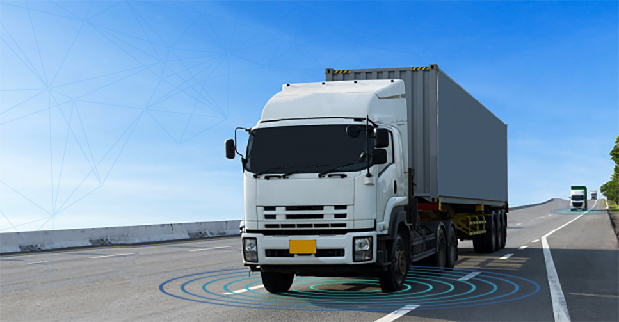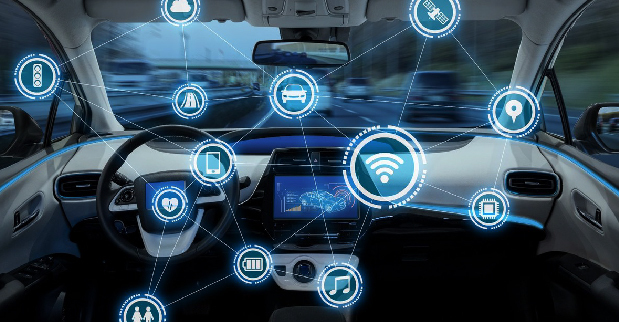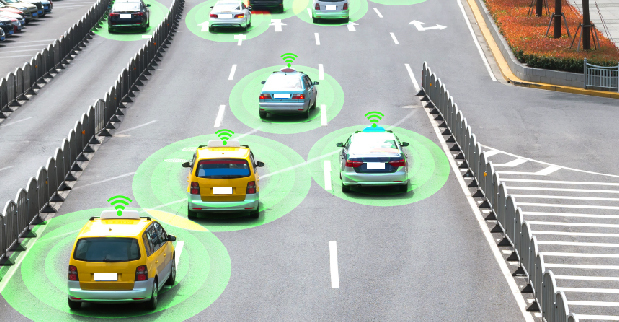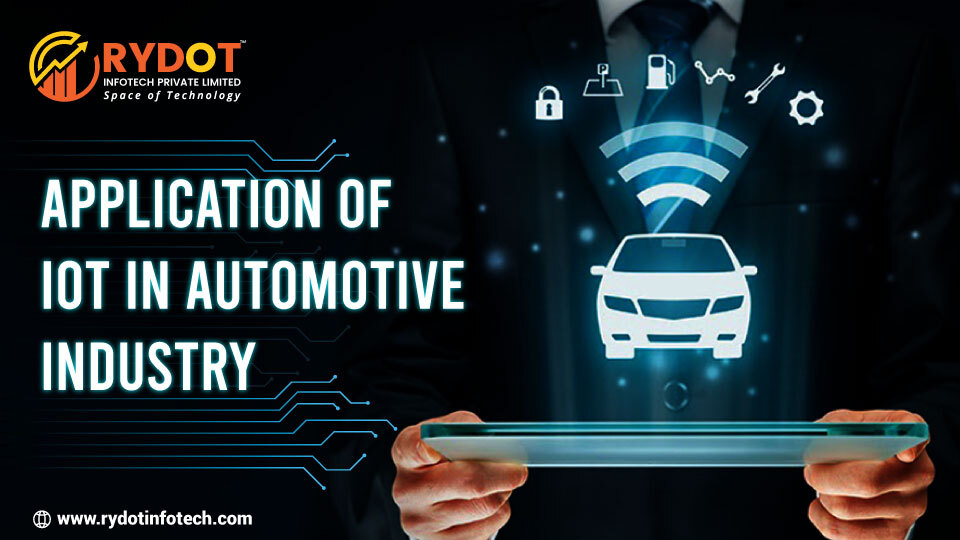![]()
The internet of things is rapidly making its way to become a part of our day-to-day lifestyle. IoT is not a fancy technology for the future but it is here right now and will be there for a long time for sure. It consists of connected devices over a network that is slowly and steadily changing the way we live. As per the research, today, the number of IoT devices are more than 26 billion and it is estimated to grow over 75 billion by the year 2025. Also, there are roughly 127 new IoT devices that linked to the internet each second.
Many industries have started adopting IoT technology and in that, the automotive industry is no longer left behind. IoT is enabling efficiency and capability management on a completely new level in the automotive industry. It is bringing people one step closure to the future of smart, autonomous vehicles. Nowadays, people are living in a fast-paced era where it is quite important to maximize productivity and save time. And, IoT devices offer this. So, in the automotive industry, the usage of IoT is opening up entirely new opportunities. It is already being used in a number of areas within the industry.
So, without further ado, let us get started with a few examples of such applications in the automotive industry. If you want to develop such applications for your automotive business then you should surely consider hiring an IoT App Development Company
1. Fleet Management

Due to the infusion of IoT in the automotive sector, the fleet management field is also enjoying many benefits and a huge development in their work area. Nowadays, trucks are integrated with several sensors like location tracking, weight measurement, and so on. The data that a fleet of trucks gathered is then stored into a cloud application. Then, the data is processed and conceptualized into a visual format. A fleet operator can go through this information seamlessly and monitor different parameters related to the fleet. Using this IoT integrated feet management system, a fleet manager can do route management, time and driver management, real-time location monitoring, truck’s performance statistics like fuel and mileage, and so on.
2. In-vehicle Infotainment

These days, Wi-Fi capabilities are also boosting smart infotainment systems along with other smart car features. Smart apps are being used in automotive technology to provide navigation, telematics, or entertainment. The car owner can connect equipment such as music player and GPS in a car with their Smartphone and manage them distantly. Even, voice command convenience in these applications lets you play your preferred music, video, or attend calls without lifting your finger. The GPS and GNSS system in the infotainment systems also provides you with complete information regarding nearby petrol pump, restaurants, and other locations that you are searching.
3. Connected Cars

When thinking about IoT applications in the automotive industry, connected cars are most likely the first thing to come in mind. Connected cars do not just include location tracking but they incorporate more than it. They can facilitate the fast transmission of data and increases the driver’s response time via improved vehicle communication. Connected cars do not only connect with people and services but they can also connect with each other and the road network infrastructure.
4. IoT-based Predictive maintenance
In a vehicle, sensors can monitor various functional metrics such as engine status, fuel, speed, navigation, electrical systems, and so on. It helps in forecasting benchmarks. This collective information is then used to inform vehicle owners with preventive and predictive maintenance alerts. It will help vehicle owners to tackle issues before they even come up.
5. Cellular Vehicle to Everything (CV2X)
CV2X is a cellular technology that is intended to connect vehicles to each other, to other road-users, to cloud-based services, and to roadside infrastructure. In 2017, the 3GPP accomplished the standardization of CV2X. This technology has two models of operation. A) Device to network – It supports vehicle to network communication through cellular networks. B) Device-to-device – It supports communications such as vehicle-to-vehicle, vehicle-to-pedestrian, and vehicle-to-infrastructure.
Conclusion
In a nutshell, the above-discussed applications are only a few examples of the usage of IoT applications in the automotive industry. This list is increasing day by day. Wi-Fi connected vehicles are a reality now and they are also able to connect to the network and data platform to receive automotive software updates, feature updates, traffic updates, and improved safety. In short, the IoT technology is closer than you might think, and soon it is going to be everywhere around us. So, invest in IoT App Development to increase the ROI of your automotive business.

